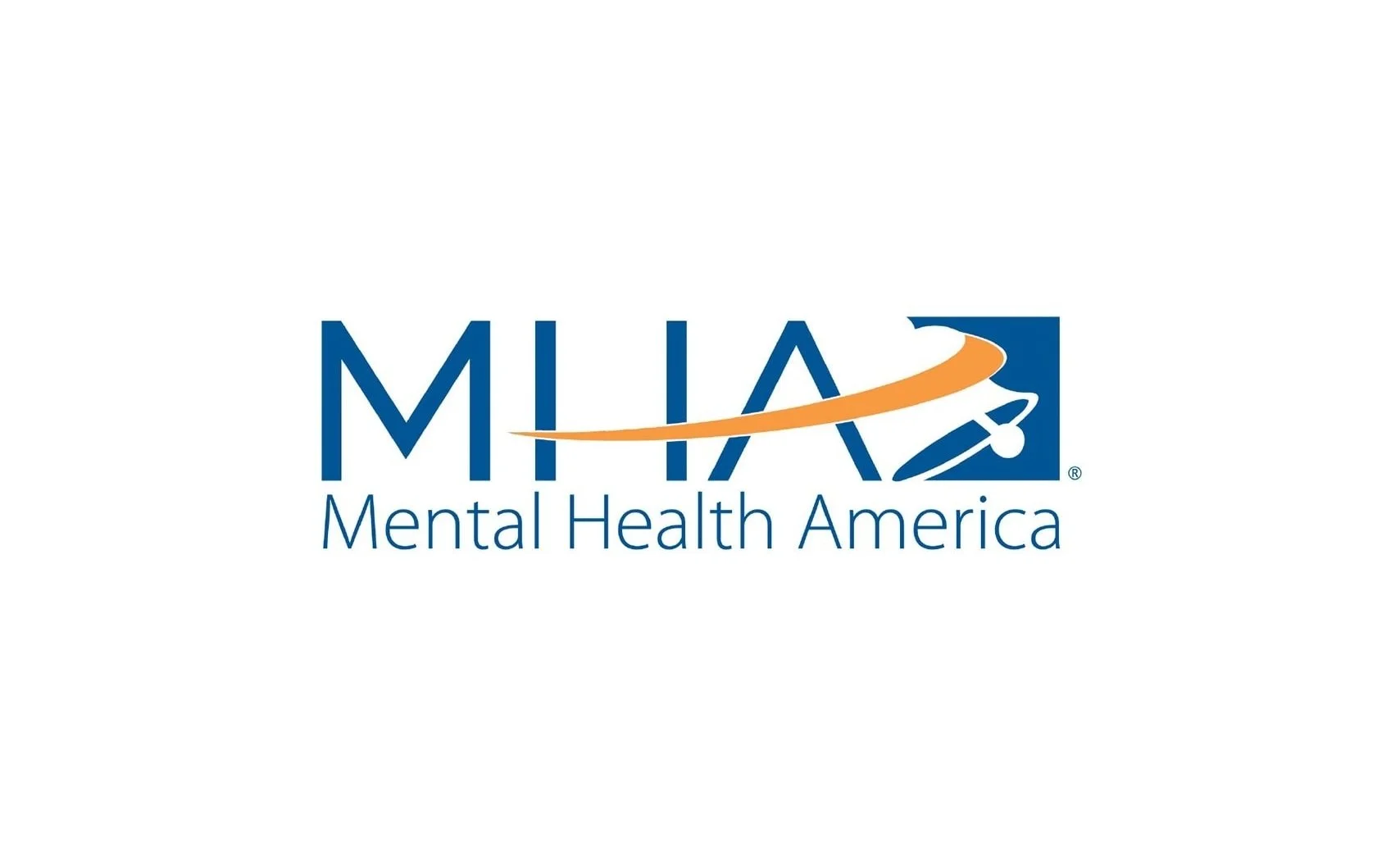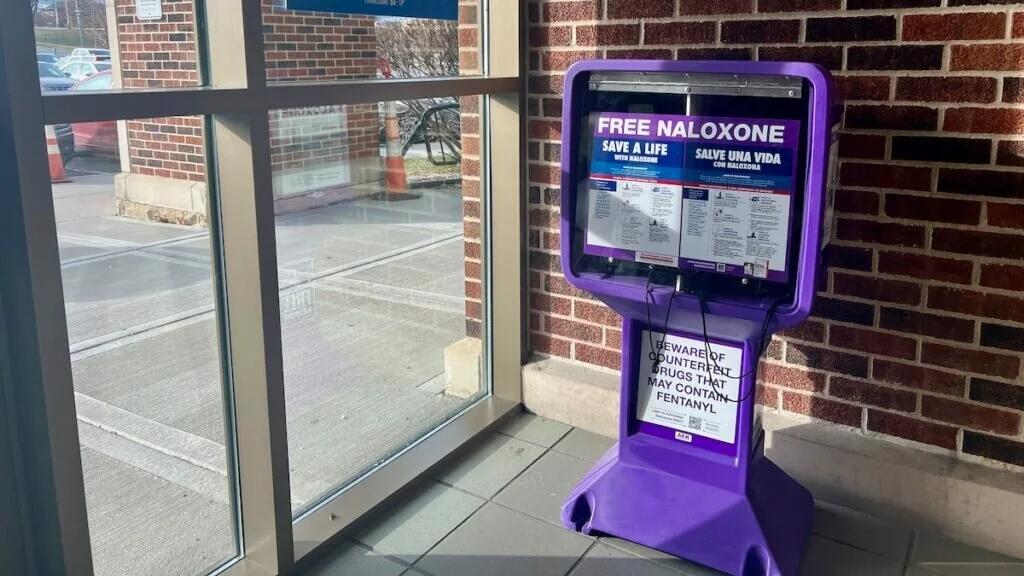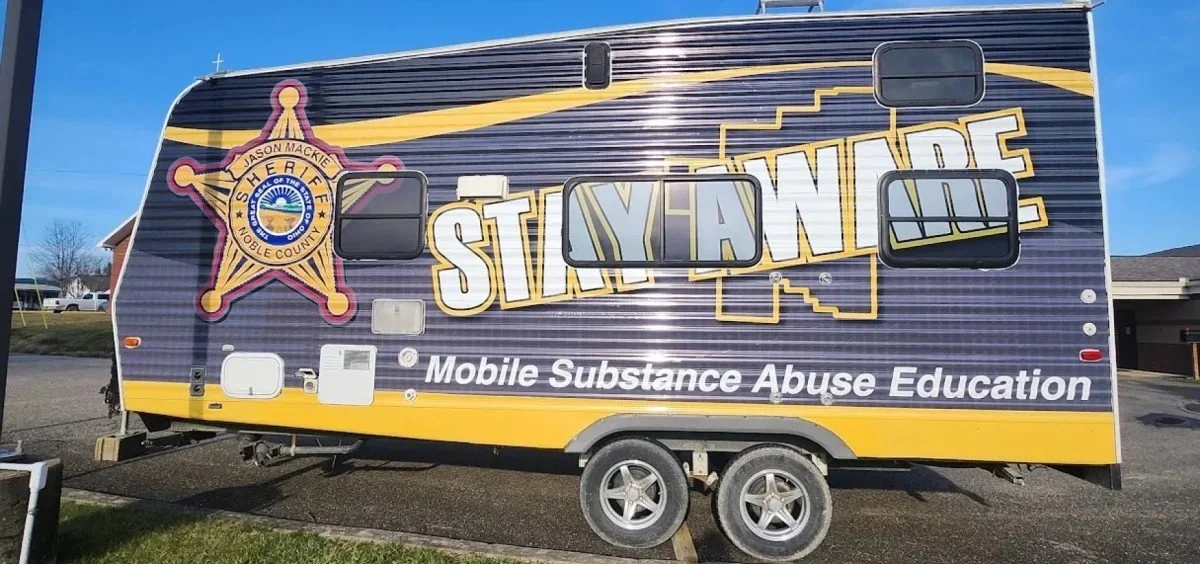
Resources for
Peer Recovery Professionals
Rural jails struggle to screen and treat individuals with mental health and substance use disorders, with only 3% of eligible arrests leading to treatment. The most common path to care is post-arrest screening, especially for those with prior arrests. However, only 38.4% of referrals result in treatment, and males are less likely than females to participate, pointing to major gaps in access, outreach, and support.
Clackamas Health Centers (CHC), a Federally Qualified Health Center in Oregon, has offered medication for opioid use disorders (MOUD) for over a decade. CHC also provides MOUD to individuals involved with the criminal justice system. This evaluation examines how CHC's MOUD program implements low-barrier care.
This webinar explores challenges and solutions related to mental health outreach in rural communities. It features insights from experts who share their experiences addressing stigma, building trust, and expanding access to mental health care in rural areas. The session highlights the importance of culturally sensitive approaches, trusted community messengers, and sustainable programs tailored to rural populations.
This evaluation and report provide findings from an initiative integrating nonclinical adult mental health supports into rural libraries. The report is intended for community members and leaders interested in implementing nonclinical mental health support within libraries or other community spaces to expand the mental health workforce. A related toolkit offers guidance for librarians on identifying and initiating mental health supports within libraries to assist patrons with their mental well-being.
A couple of years ago, the Sandusky County Jail was the first in Ohio to launch a program called IGNITE, which stands for Inmate Growth Naturally and Intentionally through Education. IGNITE started in 2020 at a county jail in Flint, Michigan. The sheriff there wanted to shift the jail’s culture and reduce the rate of people returning to jail. So they started offering courses to teach skills like financial literacy and parenting. Since then, the National Sheriff’s Association has adopted the program and has spread to more than 25 jails nationwide.
This episode explores the landscape of opioid overdose in the rural areas of North Idaho and Northwest Washington, and highlights the tragic story of Jasmine Martin, a 23-year-old who died from an overdose in 2024 while trying to get sober. The conversation explores the availability of recovery resources, stigmas surrounding addiction, and the complexities of fentanyl use in small communities. (Jasmine’s story, min. 11:18)
With opioid addiction continuing to affect thousands of residents in Maine each year, Seaport Community Health Center (SCHC) in Belfast, a rural area of Maine, is initiating a trial for a new treatment that may significantly enhance access and consistency for individuals struggling with opioid use disorder. SCHC is among several sites involved in a nationwide study assessing the efficacy of Brixadi, an injectable medication designed to treat opioid addiction. Unlike traditional medications such as Suboxone, which require daily administration under the tongue, Brixadi is administered monthly.
In rural areas like Warrick County, addiction — particularly to opioids and methamphetamine — has touched nearly every family in some way. Traditional jail sentences often don’t solve the problem. In fact, in many cases, they make it worse. A person struggling with addiction might serve time, only to be released and fall right back into the same habits, the same crowd, the same pain. That’s where drug courts come in.
This article examines how individuals in Montana and across the United States are often identified by the alleged crimes they are charged with, rather than by their personal histories or circumstances. It describes ongoing efforts to address this issue, such as a collaboration between Bail Disruptor Riley and the Confederated Salish & Kootenai Tribes on the Flathead Reservation. Working with the Tribal Defenders Office, which uses a holistic defense approach, Riley offers support that acknowledges each person's unique background, needs, and goals.
Narcan dispensing boxes are becoming common in Missouri to combat opioid overdoses. Officials stress the need for more addiction treatment services, better access to treatment, and improved coordination between emergency services and long-term care, especially in rural areas.
If we pretend that everyone that has made a mistake...should get some sort of economic death penalty where they can never get a job again, we will never overcome this problem.' Harlan County, Kentucky, a rural area with high overdose rates, is emerging as a model for addiction recovery. The county has implemented various recovery programs, drug courts, and transportation services, all funded by opioid settlement money.
In southeast Kansas, home to the highest poverty rates in the state, collaborative solutions tailored to the needs of the community have proven successful in addressing homelessness and healthcare. The Community Health Center of Southeast Kansas offers care to the region regardless of a patient’s ability to pay. The center is one example among several rural solutions across the state, filling in the coverage gap and fostering healthier communities.
This webinar explores the unique challenges rural communities face in accessing crisis services, from geographic barriers to limited resources. Experts share strategies and promising practices for strengthening rural crisis systems, including insights on implementing the 988-crisis line in rural settings. Real-world examples highlight effective solutions to improve accessibility and ensure timely support for rural populations.
To assist rural communities in effectively communicating overdose prevention, the Berkeley Media Studies Group (BMSG) offers comprehensive insights on how this topic is framed within rural contexts. Their presentation covers key components, including messaging strategies (beginning at 9:49), methods for framing and reframing the issue (16:28), utilization of Lakoff’s Levels of Framing (22:21), relevant research findings (25:16), techniques for message development (30:03), and recommendations for selecting effective messengers and communication practices (36:18).
Explores lived experiences of substance use stigma among rural Appalachian people who use drugs, focusing on stigma experiences, consequences, and coping responses.
Noble County, Ohio, received opioid settlement funds, insufficient for large projects, so rural areas strategize to maximize impact with limited resources.
Discusses how rural housing agencies and advocates use available resources and state programs to stabilize housing and address eviction, jobs, transportation, and mental health in small towns.
Toolkit for expanding access to naloxone and other overdose reversal medications, providing guidance for communities to develop effective prevention and response strategies.
Study describes houselessness among people who use drugs in rural communities across 10 states, addressing gaps in understanding rural drug use and harm.
Resource hub offers best practices, policies, trackers, and tools for effective use of opioid settlement funds, including naloxone calculators and assessment toolkits.
Discusses rural homelessness in Wisconsin, hidden forms of homelessness, and solutions such as new rental units, funding, and case management.
The Vera Institute of Justice Incarceration Trends website includes more than five decades of local jail and state prison data at the national, state, and county levels.
Rural survivors face major barriers to safety due to sparse public transit and lack of affordable housing, increasing costs for agencies providing transportation and shelter.
Interviews with peer workers and supervisors explore factors for successful implementation and optimization of peer support in mental health services.
This webinar explores stigma in rural communities and provide resources to support mental health in rural areas.
Carbon, Grand, and Emery counties in Utah have opioid death rates more than double the state average; this series investigates the crisis and potential solutions through interviews with affected individuals and officials.
Discusses implementation and sustainability of NaloxBox programs for naloxone distribution in rural Wisconsin counties and schools.
Report with recommended principles and practices for rural overdose prevention and response, aimed at local stakeholders.
Adventures in Recovery (AIR) in Cattaraugus County, NY, offers peer-led sober activities and support, fostering recovery through community engagement and wellness.
Community Violence Intervention (CVI) is being adapted for rural America, with practitioners sharing insights on rural-specific approaches and challenges.




























